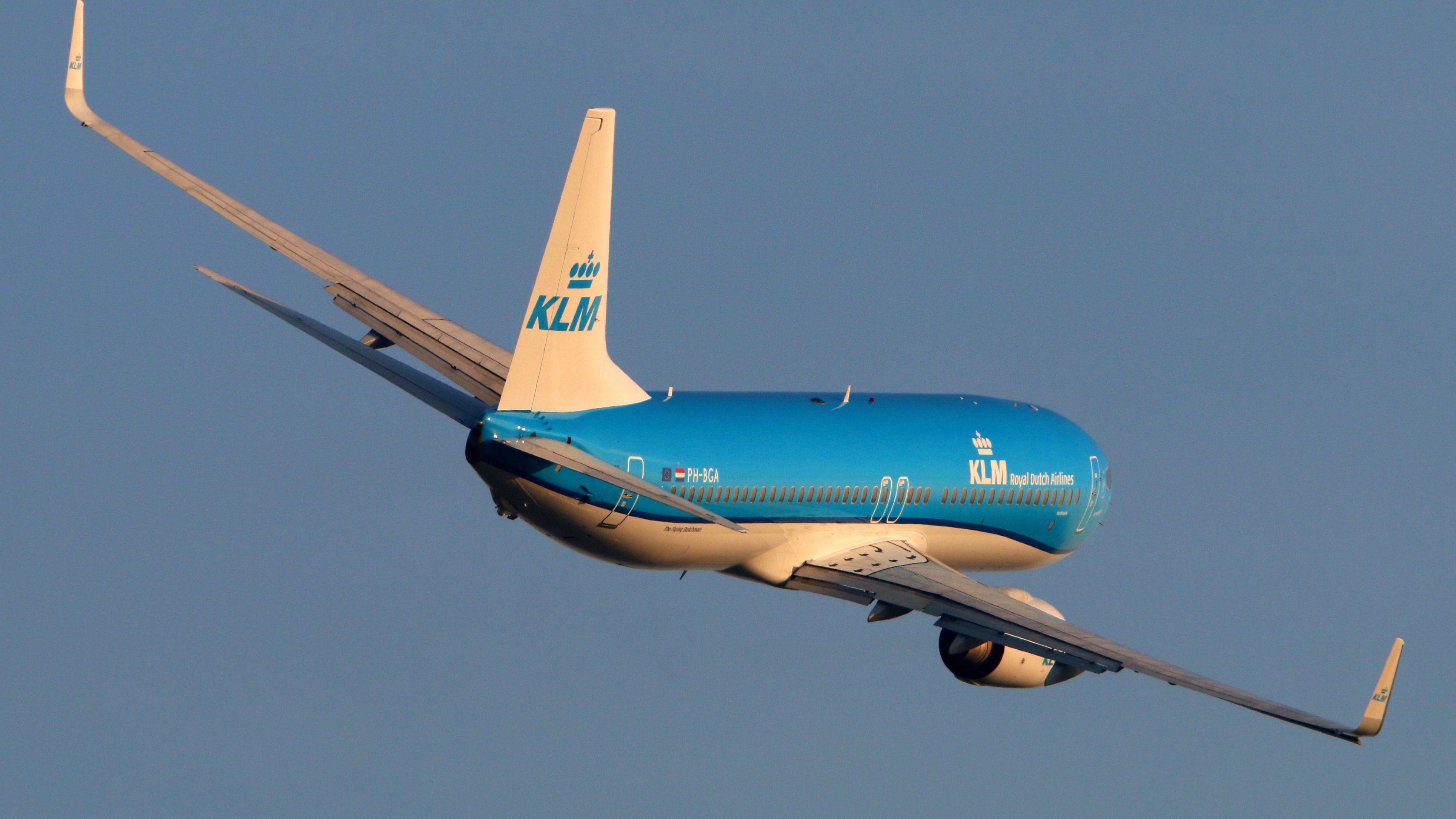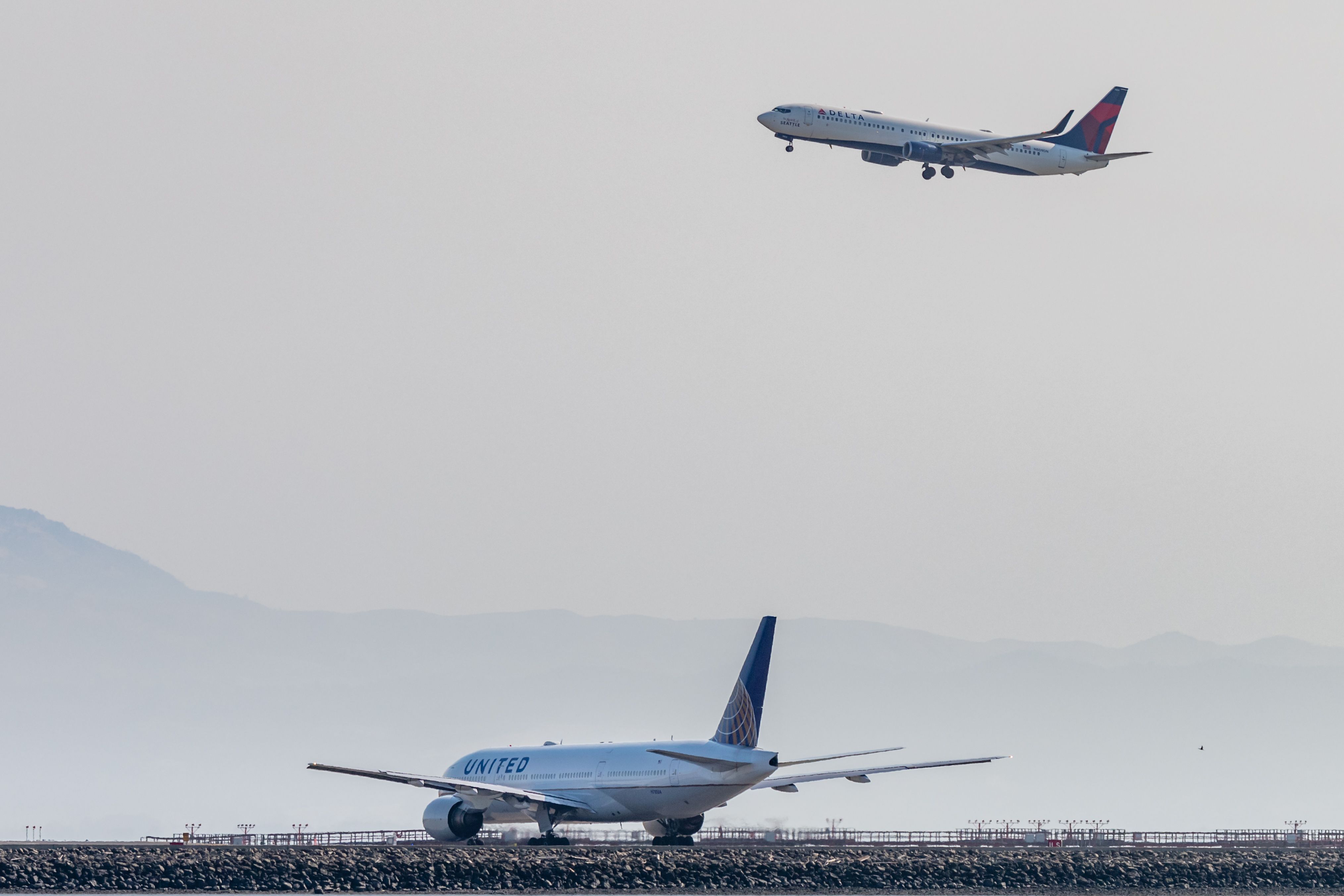Summary
- A go-around in aviation refers to an aborted landing made on the final approach when conditions could lead to an unsafe landing.
- Common reasons for go-arounds include runway obstructions, adverse weather, alignment issues, congestion, and technical problems.
- Go-arounds can be precautionary or last-second maneuvers.
A flight's landing can mean different things for different people. Emotions connected with touching down on the runway can range from excitement about being somewhere new to the relief of returning home. However, sometimes, this procedure can take more than one attempt in the event of a 'go-around.' But what are these, and why do they occur?
What is a go-around?
In the world of aviation, the term go-around refers to an aborted landing when the decision to reject the touchdown is made on the final approach. This timescale encompasses "any point from the final approach fix to wheels on the runway, but prior to any deceleration device being activated," according to SKYbrary. When the decision to abort is made late, there is a risk that tail strikes can occur, as happened with this Nippon Cargo 747-8F.
Having decided to abort the landing, an aircraft's pilots must then occupy themselves with the necessary follow-up procedures. Generally, a plane will climb and turn to make another approach, but sometimes, diversions are the move.
Why do they occur?
Go-arounds can occur for various reasons. The decision to make such a maneuver will be based on the assumption that the present conditions could make for an unsafe landing. Some of the most common reasons include:
- Runway obstructions: Objects such as ground vehicles, wildlife, or other aircraft on the runway can necessitate a go-around.
- Weather conditions: Flights trying to land in adverse weather will often abort, whether due to alignment problems, poor visibility, or heavy crosswinds.
- Unstabilized approach: If a flight is having alignment issues with the runway, initiating a go-around and trying again rather than attempting an unsafe landing may be preferred.
- Congestion: Other aircraft may be attempting to land or take off as a flight is on approach, so air traffic control (ATC) will order the plane to go around.
- Technical problems: An aircraft may encounter technical issues, such as failed landing gear deployment, which would make landing unsafe.
Go-arounds are often performed on a cautionary basis, but in some cases, they are done at the last second to avert disaster. One such incident happened in October 2022, when easyJet and Air France flights (both operated by Airbus A320s) nearly made contact at Berlin Brandenburg Airport. The inbound Air France plane descended to as low as 300ft before executing a go-around, while the departing easyJet aircraft - on the same runway - rejected its takeoff.
There have been a worrying number of near-misses in the last couple of years, including a recent case at San Francisco International Airport (SFO) - on this occasion, not one but two aircraft had to perform go-arounds after a Southwest Airlines plane was spotted taxiing across two runways that had been cleared for their landing. On another occasion this year, an American Airlines Boeing 737 MAX aborted its landing and went around at Charleston Airport (CHS) as there was a JetBlue Airbus A220 on the runway, showing how common these close encounters can be.
Discover more aviation news with Simple Flying.
Sometimes caused by animals
As it happens, the factors involved in prompting go-arounds don't always relate to mechanical parts of an airport's operations. Specifically, Simple Flying has covered multiple incidents in which animals on an airport's runways have forced flights to make a second attempt at their touchdowns. This helps to minimize the occurrence of animal strikes.
Interestingly enough, both of the following incidents occurred in Russia and within a month of each other in 2020. The first occurred in August 2020, when a bear on the runway at Magadan forced an S7 Airlines Airbus A320 to go around. Then, in September 2020, a Pobeda Boeing 737-800 had to make a similar maneuver due to the presence of a dog on the runway at St. Petersburg's Pulkovo Airport. Both aircraft eventually landed safely.
Have you ever been on a flight that has had to go around? If so, what was the reason? Let us know your thoughts and experiences in the comments.
Source: Skybrary


